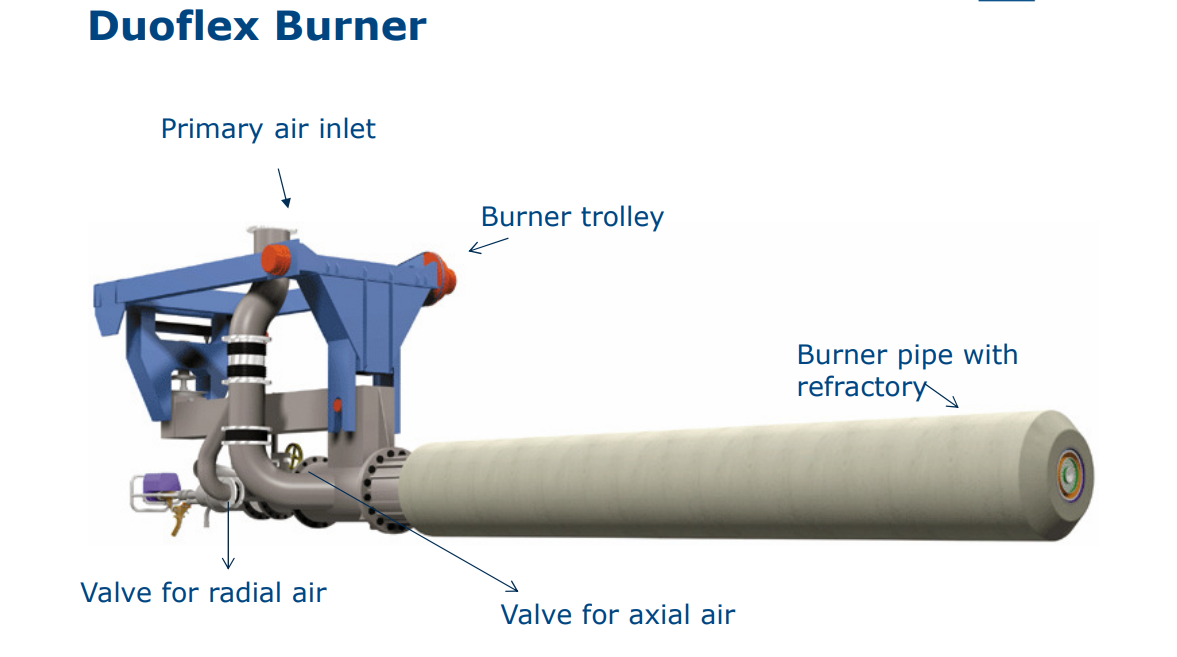Contents
The Top 10 Techniques for Cement Kiln Maintenance

TO Download this post and all the books and excel sheets and my personal notes and presentations I collected about cement industry in the last 30 years click the below paypal link
Maintaining cement kilns is essential for ensuring operational efficiency, reducing downtime, and extending the lifespan of the kiln. Here are the ten most effective techniques for maintaining cement kilns.
1. Regular Inspection of Refractory Lining
Refractory lining is one of the most critical components of a cement kiln. Regular inspections help detect cracks, erosion, or wear. Any damaged areas should be repaired immediately to avoid further deterioration, which can lead to costly repairs or shutdowns.
Source: https://cementknowledge.com/refractory-lining-inspection
2. Lubrication of Moving Parts
Consistent lubrication of the kiln’s gears, bearings, and rollers ensures smooth operation. The buildup of friction due to poor lubrication can lead to mechanical failure. Following the manufacturer’s lubrication guidelines helps prevent issues.
Source: https://lubricationbasics.com/cement-kiln-lubrication-guide
3. Alignment of Kiln Shell
Kiln misalignment is a common problem that causes uneven wear on tires and rollers. Misalignment can be corrected by laser alignment or other precise methods to extend the kiln’s life and improve the burning process.
Source: https://kilnmaintenance.com/alignment-methods
4. Regular Adjustment of Kiln Rollers
The rollers support the weight of the kiln and maintain its rotation. Over time, these rollers may shift or wear out. Regular adjustment ensures the kiln remains balanced, reducing the risk of mechanical failures.
Source: https://cementplantmaintenancetips.com/roller-adjustments
5. Cleaning Kiln Inlet and Outlet
Clogging at the kiln’s inlet and outlet is a frequent problem. Regular cleaning of these areas prevents material buildup, which can impact the kiln’s operation and efficiency.
Source: https://cementoperations.com/kiln-inlet-cleaning-guide
6. Kiln Shell Cooling
Monitoring and controlling the temperature of the kiln shell is important. Excessive heat can damage the shell, so installing efficient cooling systems helps protect the kiln and maintain its structural integrity.
Source: https://kilncare.com/shell-cooling-methods
7. Regular Maintenance of Girth Gear
The girth gear is crucial for transmitting torque from the drive motor to the kiln. Proper lubrication and regular inspection of the girth gear ensure that it operates smoothly and lasts longer.
Source: https://girthgearrepair.com/maintenance-tips
8. Replacement of Damaged Tyres
Tyres support the rotary movement of the kiln and must be checked for signs of wear and tear. Replacing damaged tyres in a timely manner ensures the kiln operates smoothly and prevents excessive strain on other parts.
Source: https://kilnmechanics.com/tyre-replacement-guide
9. Monitoring and Maintaining Kiln Drive System
The kiln drive system is responsible for rotating the kiln at a controlled speed. Monitoring the drive system’s components, such as the motor, couplings, and belts, is essential for preventing breakdowns.
Source: https://kilndrivesystemmaintenance.com
10. Regular Calibration of Process Control Systems
Cement kilns rely heavily on automated control systems. Ensuring that these systems are calibrated correctly allows for efficient kiln operation and helps in maintaining optimal process conditions.
Source: https://controlsystemcalibration.com/cement-kiln-guide
Conclusion
By regularly performing these ten maintenance techniques, cement plants can significantly reduce kiln downtime, improve operational efficiency, and extend the kiln’s overall lifespan.
References:
- https://cementknowledge.com/refractory-lining-inspection
- https://lubricationbasics.com/cement-kiln-lubrication-guide
TO Download this post and all the books and excel sheets and my personal notes and presentations I collected about cement industry in the last 30 years click the below paypal link
